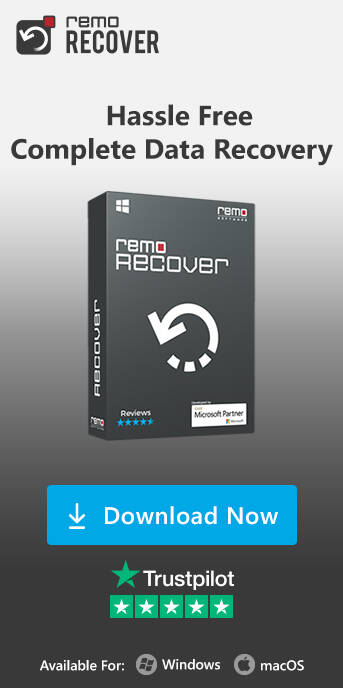Disk imaging refers to the process of copying the contents of a data storage device, such as a hard disk, and storing it on another device. In disk imaging, a complete replication of the hard disk, including the registry, programs, and file structure, is performed. This involves sector-by-sector mirroring of the entire drive, including unused sectors. These images can be stored on an external device as a backup. Disk imaging allows for system restoration without the need for reinstallation and formatting.
There are two types of disk imaging: sector-level imaging and data-only imaging. Sector-level imaging involves copying every sector, including mirroring every bit. In contrast, data-only imaging copies only the data, leaving the empty sectors untouched. The replicated data from the hard disk is often stored in a compressed file format, making it useful for system recovery in the event of a crash.
Image backup focuses on disk sectors rather than individual files, so disk imaging involves the duplication of the entire disk, preserving every bit. Some applications provide options to mount and explore image backups on a drive and restore individual files or copy and paste previous data. Disk imaging file formats are based on open standards, and creating a disk image is typically used when an exact structure is needed.
Uses and advantages:
- To create backups of data, the file structure, registry programs, and software are stored on a hard disk for future use in case of system crashes or failures due to virus attacks, human errors, natural disasters, etc.
- It avoids the need to reinstall and format the system.
- System administrators can replicate or duplicate systems and store them on one machine, using this disk image to install on multiple computers.
- It facilitates restoring the system to its previous state.
- Multiple images can be created, and these images are stored as files.
- Useful for transitioning between technologies, such as migrating from a CD optical drive to a hard drive.
- It provides an efficient way to revert changes to a previous state.
Some earlier disk imaging software only supported replicating the entire hard disk. However, modern software often supports replicating either the entire hard disk or individual partitions. There are several disk imaging applications available in the market, with Remo Hard Drive Imaging software being one of the top choices. Other notable options include Drive Image XML, Acronis True Image Home 2012, and Symantec Ghost.
The Disk Imaging Process
Creating a disk image may sound complex, but it's a structured process. Here's a simplified step-by-step guide:
- Select the Right Software: Choose a reliable disk imaging tool. There are both free and paid options available.<
- Prepare a Storage Medium: You'll need an external hard drive or another storage medium with sufficient space to store the disk image.
- Initiate Imaging: Launch the software, select the source drive, destination drive, and start the imaging process.
- Wait for Completion: Depending on the size of your drive, it may take some time to complete the imaging.
- Verify the Image: After the process is done, verify the image's integrity.
Also Read: How to Recover Data from Reimaged Hard Drive?
Disk image software should provide the following features:
- A robust feature set for storing data and creating high-quality disk images.
- A user-friendly interface for easy disk image creation.
- Effective bad sector management to skip areas with bad sectors.
- Flexibility to compress raw images on the fly.
- Options to maintain image backups and explore data.
- Responsive customer support to address user queries when needed.
Conclusion
We've explored everything you need to know about disk imaging, from its importance and benefits to the step-by-step process of creating disk images. Disk imaging is a valuable skill that can protect your data and save you time and money.
